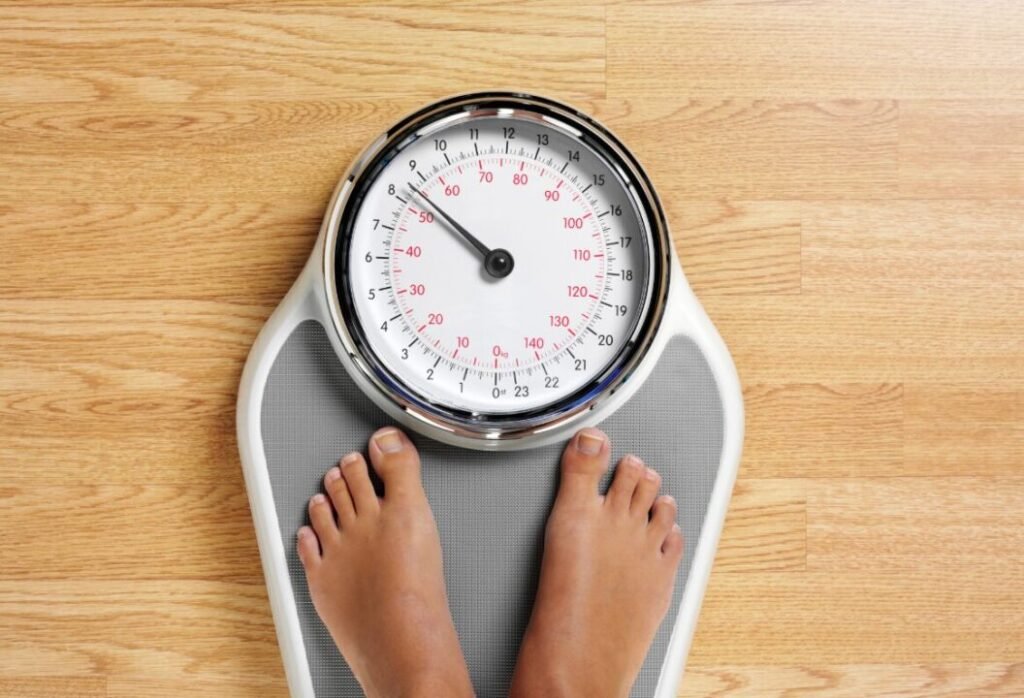A vital cholesterol diet helps manage bad cholesterol (LDL) levels, reduces the risk of heart disease, and promotes overall well-being.
Essential elements include controlling portion sizes and choosing foods rich in fruits, vegetables, whole grains, and lean proteins. Foods like oats, fatty fish, and nuts are especially beneficial.
Effective adoption of this diet requires understanding individual cholesterol levels, learning about required dietary changes, and implementing them with professional guidance.
Exploring this subject further will offer insight into how to start this healthful journey, and strategies to overcome any potential challenges.

Understanding Cholesterol and Health
To grasp the relevance of a low cholesterol diet, it is crucial to first decipher the intricate relationship between cholesterol and health. Cholesterol, a waxy substance found in your blood, is essential for building healthy cells.
However, high levels of cholesterol can develop fatty deposits in your blood vessels, impeding blood flow through your arteries, ultimately leading to heart disease and stroke.
There are two types of cholesterol: low-density lipoprotein (LDL), or ‘bad’ cholesterol, and high-density lipoprotein (HDL), or ‘good’ cholesterol. High levels of LDL or low levels of HDL can pose significant health risks.
Hence, a careful balance through dietary choices becomes the cornerstone of maintaining optimal cholesterol levels, ensuring a healthier, more liberated lifestyle.
Components of a Low Cholesterol Diet
In constructing a diet that supports low cholesterol, several key components play an essential role:
- The right choice of foods, portion sizes, and nutritional balance are crucial factors.
- Emphasizing fruits, vegetables, whole grains, and lean proteins is important as they are naturally low in cholesterol and saturated fats, reducing the risk of clogging arteries.
Portion control is also crucial:
- Even healthy foods can contribute to weight gain and increased cholesterol levels if consumed in excess.
Maintaining a balanced nutrition, providing all essential nutrients without overconsumption of any, is necessary.
Moreover, the inclusion of certain foods like oats, fatty fish, and nuts, known for their cholesterol-lowering properties, is beneficial:
- Incorporating these components can yield a diet rich in flavor and variety while remaining low in cholesterol.
What is a Low Cholesterol diet look like
Here’s an example menu for a low-cholesterol diet.
It focuses on whole foods, emphasizes heart-healthy fats, and limits saturated and trans fats.
Important Notes:
- Individualization is Key: This is a sample; always consult a doctor or registered dietitian for personalized meal plans that meet your specific needs.
- Portions Matter: Be mindful of portion sizes, even with healthy choices.
- Variety is Vital: A diverse diet ensures you get a full range of nutrients. Don’t limit yourself to just these foods; explore different options within each category.
Day 1
- Breakfast:
- Oatmeal with berries and walnuts
- Skim milk or plant-based milk alternative (almond, soy, etc.)
- Lunch:
- Lentil soup
- Whole-wheat salad with grilled chicken breast, mixed greens, and a light vinaigrette dressing
- Dinner:
- Baked salmon with roasted vegetables (broccoli, carrots, bell peppers)
- Brown rice or quinoa
- Snacks:
- Fruits and vegetables (apple slices, baby carrots, etc.)
- Handful of unsalted almonds
Day 2
- Breakfast:
- Whole-wheat avocado toast with a poached egg
- Lunch:
- Black bean veggie burger on a whole-grain bun
- Side salad
- Dinner:
- Shrimp stir-fry with whole-wheat noodles and vegetables (snap peas, bok choy, onions)
- Snacks:
- Plain non-fat Greek yogurt with berries
- Air-popped popcorn (lightly seasoned)
Day 3
- Breakfast:
- Smoothie made with spinach, banana, plant-based protein powder, and unsweetened almond milk
- Lunch:
- Tuna salad (made with low-fat mayo) on whole-grain bread
- Celery sticks and cucumber slices
- Dinner:
- Baked tofu with teriyaki sauce
- Steamed broccoli
- Small portion of brown rice
- Snacks:
- Edamame
- Rice cakes with a bit of almond butter
General Tips:
- Focus on Fiber: Soluble fiber found in oats, beans, lentils, apples, and citrus fruits can help lower cholesterol.
- Choose Healthy Fats: Opt for olive oil, avocados, nuts, and fatty fish like salmon over saturated fats found in red meat and full-fat dairy.
- Read Labels: Look for foods low in saturated and trans fats. Avoid processed snacks and choose whole-food options whenever possible.
- Hydrate: Drink plenty of water throughout the day.

Benefits of a Low Cholesterol Diet
Having understood the components of a low cholesterol diet, it’s significant to acknowledge the myriad benefits such a diet provides for overall health.
Foremost, a diet low in cholesterol reduces the risk of heart disease, the leading cause of death globally. Low-density lipoprotein, or ‘bad cholesterol,’ contributes to plaque build-up in arteries, leading to atherosclerosis, a precursor to heart disease.
A low cholesterol diet also promotes liver health. The liver produces most of the body’s cholesterol; an influx from diet can strain this organ.
Additionally, such a diet aids in maintaining a healthy weight, as foods high in cholesterol often have high caloric content.
How to Start Your Low Cholesterol Journey
Beginning a journey towards lower cholesterol requires consulting with a healthcare professional to gain insights into your current cholesterol levels and specific dietary needs.
To start, understanding dietary changes, lifestyle modifications, and potential medical interventions that can contribute to this healthful goal is crucial.
Shifting to a diet rich in fruits, vegetables, whole grains, lean proteins, and low-fat dairy products is typically recommended. Equally important is reducing foods high in saturated fats, trans fats, and cholesterol.
Beneficial lifestyle modifications include regular physical activity, weight management, and cessation of smoking.
Overcoming Challenges on the Diet
Despite the undeniable benefits of a low cholesterol diet, navigating potential obstacles can pose significant challenges that require strategic planning and determination.
It’s crucial to address common barriers such as lack of knowledge, limited culinary skills, and the socio-cultural aspects surrounding food.
An effective strategy requires a thorough understanding of dietary guidelines, coupled with the ability to prepare nutritious, low-cholesterol meals. Engaging in cooking classes or seeking advice from a dietitian can be beneficial.
Addressing socio-cultural aspects may involve communicating dietary needs to family and friends or exploring alternative yet satisfying food options during social gatherings.

At The End
A low cholesterol diet is beneficial for maintaining heart health and reducing the risk of cardiovascular diseases.
This diet, composed primarily of fruits, vegetables, whole grains, and lean proteins, helps regulate the body’s cholesterol levels.
Adherence to this diet requires certain lifestyle adjustments, but the long-term health benefits far outweigh the initial challenges.
Hence, adopting a low cholesterol diet is an effective strategy towards a healthier life.
